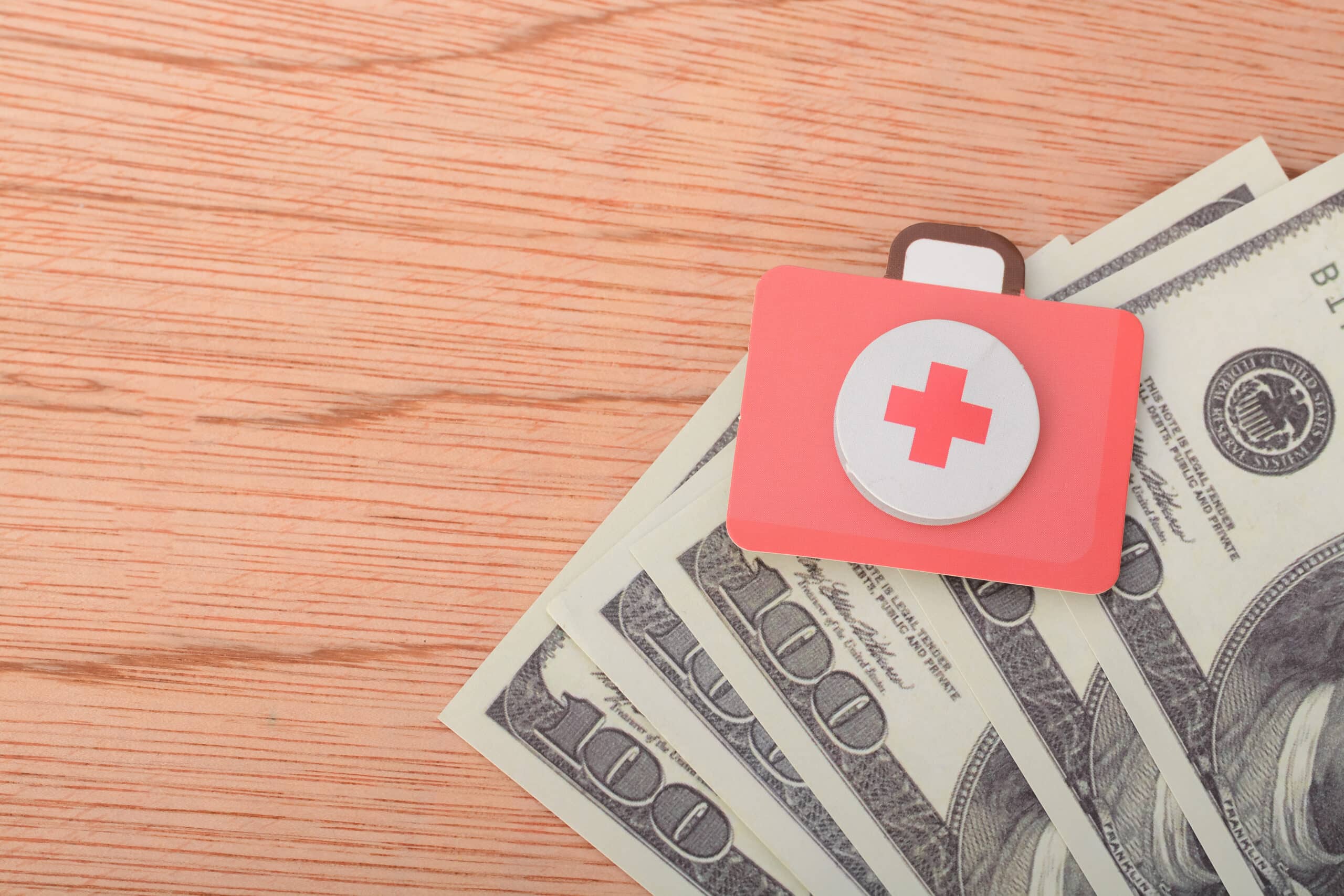Amid the whirlwind of career growth and financial strategizing, one crucial element frequently takes a backseat for young federal workers: emergency savings. Despite the allure of long-term investments and lifestyle enhancements, the significance of cultivating a sturdy emergency fund cannot be overstated. In this comprehensive guide, we’ll explore the importance of emergency savings for young federal employees and offer practical strategies for establishing and managing these funds effectively.
- Understanding the Importance of Emergency Savings: Emergencies are the unwelcome guests of life, ranging from sudden medical expenses and unexpected home repairs to job loss or economic downturns. An emergency fund serves as a financial safety net, offering stability and security during turbulent times, preventing you from spiraling into debt or depleting long-term savings to cover unforeseen expenses.
- Assessing Your Financial Vulnerabilities: Take a proactive approach by assessing your financial vulnerabilities. Consider potential emergencies that could arise, such as health-related issues, major car repairs, or even the need to support a family member during a crisis. Understanding your financial risks enables you to tailor your emergency fund to your specific needs.
- The Benefits of Having an Emergency Fund: Beyond the practical benefits of covering unexpected expenses, having an emergency fund provides invaluable peace of mind. Knowing that you have a financial cushion allows you to navigate life’s uncertainties with greater confidence and resilience.
- How Much Should You Save for Emergencies? Determining the appropriate size of your emergency fund requires careful consideration of various factors, including your monthly expenses, income stability, and risk tolerance. While financial experts typically recommend saving three to six months’ worth of living expenses, as a federal worker, you may opt for a more conservative approach, aiming for six to twelve months’ worth of expenses to mitigate job stability concerns.
- Strategies for Building Emergency Savings on a Federal Worker’s Salary: Building emergency savings on a federal worker’s salary requires discipline and strategic planning. Start by setting realistic savings goals and automate your savings by arranging direct deposits into a separate emergency savings account. Identify areas where you can trim expenses, such as dining out or subscription services, and redirect those funds towards your emergency fund. Additionally, leverage any windfalls, such as tax refunds or bonuses, to bolster your savings.
- Where to Keep Your Emergency Fund: While accessibility is crucial, your emergency fund should be kept separate from your primary checking account to avoid temptation. Explore options such as high-yield savings accounts or money market accounts, which offer competitive interest rates and liquidity without sacrificing accessibility.
- Balancing Debt Repayment and Emergency Savings: While prioritizing debt repayment is essential, it’s equally crucial to build your emergency fund concurrently. Strike a balance by allocating a portion of your income towards both goals, prioritizing high-interest debt while steadily increasing your emergency savings.
- Handling Unexpected Expenses: When faced with an unexpected expense, resist the urge to panic. Instead, approach the situation pragmatically. Assess the urgency and magnitude of the expense, and if necessary, tap into your emergency fund to cover the cost. Remember to replenish your fund as soon as possible to maintain its integrity.
- Rebuilding Your Emergency Fund After a Crisis: In the aftermath of a crisis, such as a medical emergency or job loss, prioritize rebuilding your emergency fund. Adjust your budget, trim discretionary expenses, and redirect any surplus funds towards replenishing your savings. Consistent efforts will expedite the recovery process and restore your financial security.
- Utilizing Government Assistance Programs in Times of Need: As a federal worker, you may have access to various government assistance programs during times of financial hardship. Familiarize yourself with these resources, such as unemployment benefits or hardship loans, and leverage them if necessary to supplement your emergency fund.
- Avoiding the Pitfalls of Living Paycheck to Paycheck: Building an emergency fund breaks the cycle of living paycheck to paycheck, providing a buffer against financial stress and uncertainty. By prioritizing savings, you empower yourself to weather unexpected storms and achieve greater financial resilience in the long run.
- Incorporating Emergency Savings into Your Overall Financial Plan: Integrate emergency savings as a cornerstone of your overall financial plan. Regularly review and adjust your savings goals as your financial situation evolves, ensuring that your emergency fund remains robust and aligned with your needs and aspirations.
Conclusion
Creating emergency savings isn’t just a smart financial decision; it’s a cornerstone of financial stability for young federal workers. By understanding the importance of emergency savings and taking proactive steps to build and maintain these funds, you protect yourself against unexpected challenges life may throw your way. Begin building your emergency fund today—it’s an investment in your peace of mind, resilience, and lasting financial well-being.


